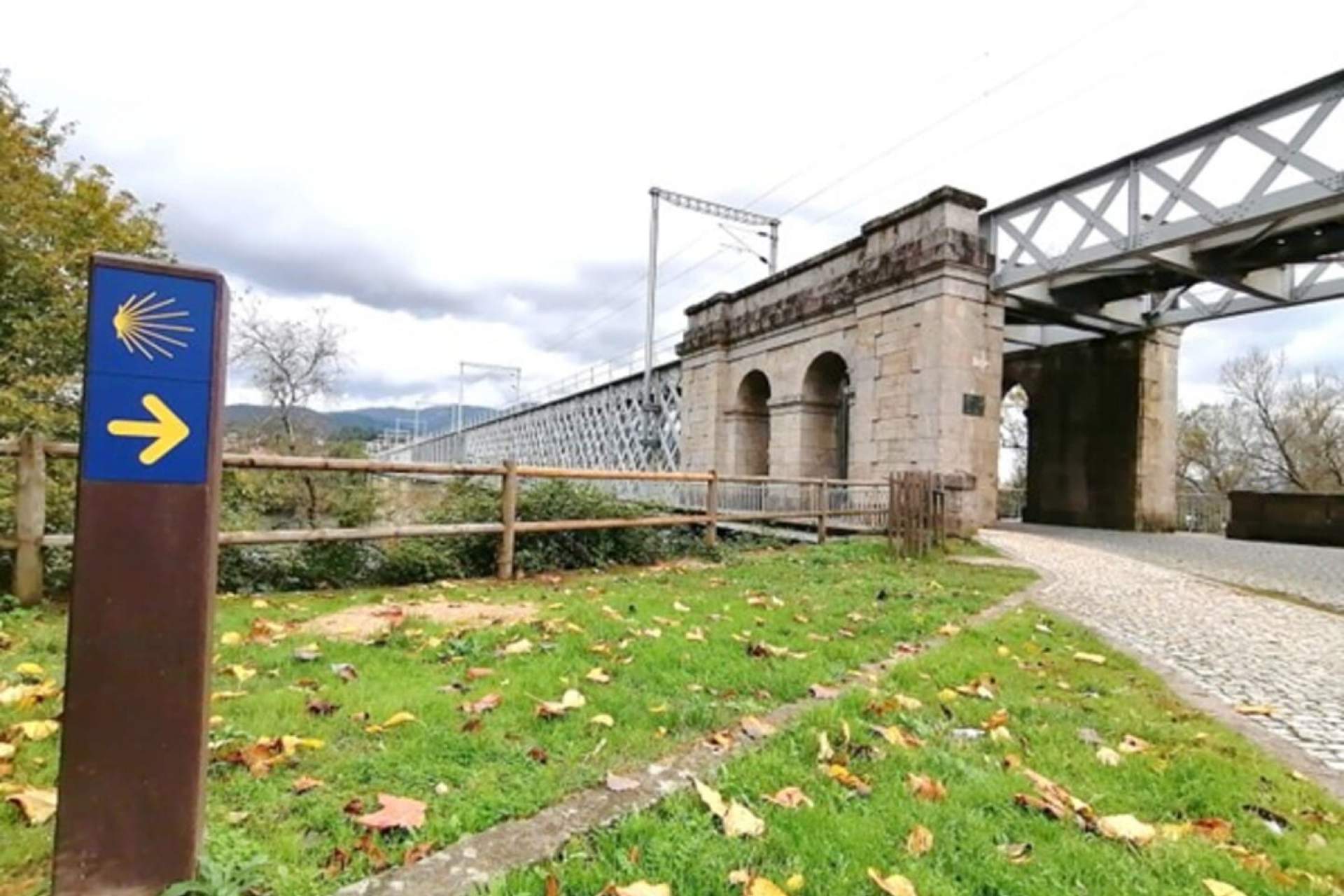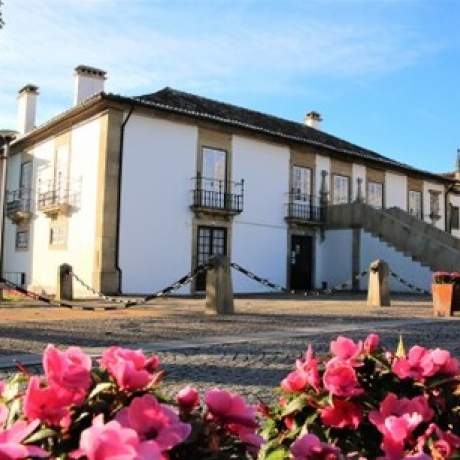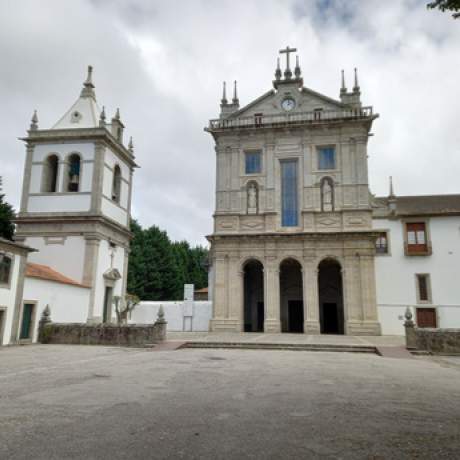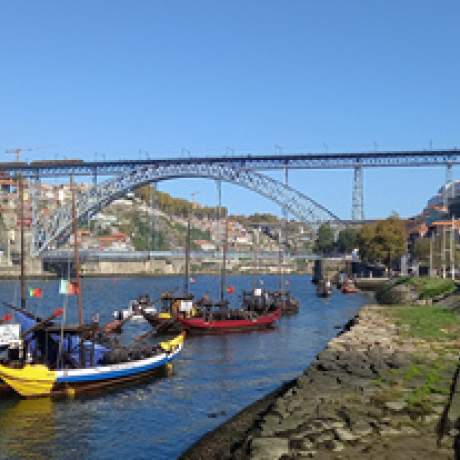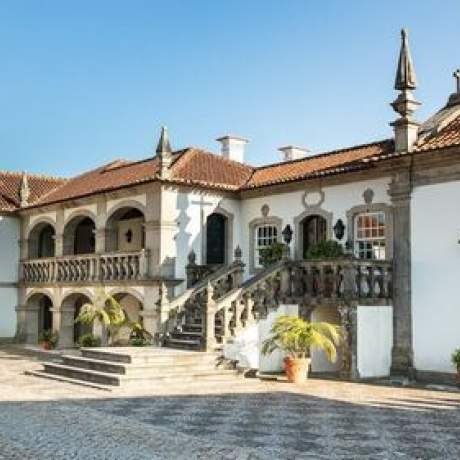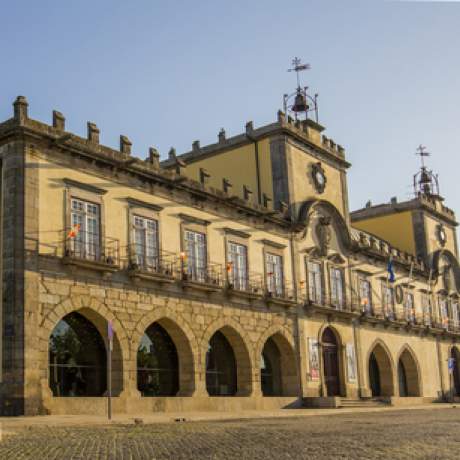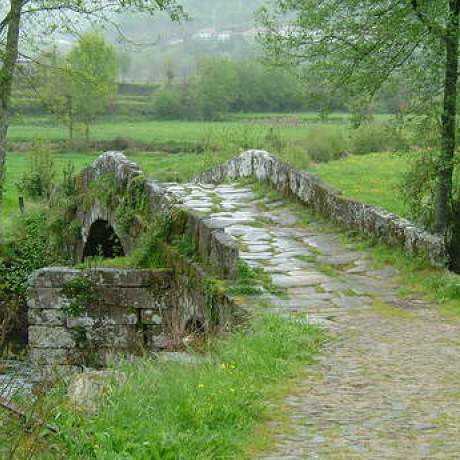
Find other Ways here
With a length of 178 kilometers, it is claimed to be the most traveled route in the national territory and certainly the one with the greatest historical significance. The Central Portuguese Way of Saint James - Porto and North covers a unique territory with well-defined characteristics. This Central Way starts in the southern and crosses central regions of Portugal, and heading north, crossing the Douro, Ave, Cávado, Lima, and Minho rivers.
A territory rich in stories that intertwine with locally significant products. An example of this is the Rooster of Barcelos, whose legend refers to a pilgrim of Santiago judged halfway through his pilgrimage, and also to a gastronomic delicacy, the Roasted Rooster, and the rooster, a product of artisanal pottery, which has been an iconic tourist image of Portugal for many years.
Similarly, in São João da Madeira, the discovery of the felting process used in modern hat manufacturing, which has greatly contributed to Industrial Tourism, is attributed to Saint James.
Crossing unique places filled with farms and manor houses in the Minho region, the Way extends to Valença, where it intersects with the Portuguese Coastal Way, and pilgrims from there continue their journey to Santiago de Compostela.
This Way passes through the municipalities of Oliveira de Azeméis, São João da Madeira, Santa Maria da Feira, Vila Nova de Gaia, Porto, Matosinhos, Maia, Vila do Conde, Póvoa de Varzim, Barcelos, Ponte de Lima, Paredes de Coura, and Valença.

Stages

Programmes
Load MoreClose
Search results for:
No results were found matching your search.
Information available soon.


